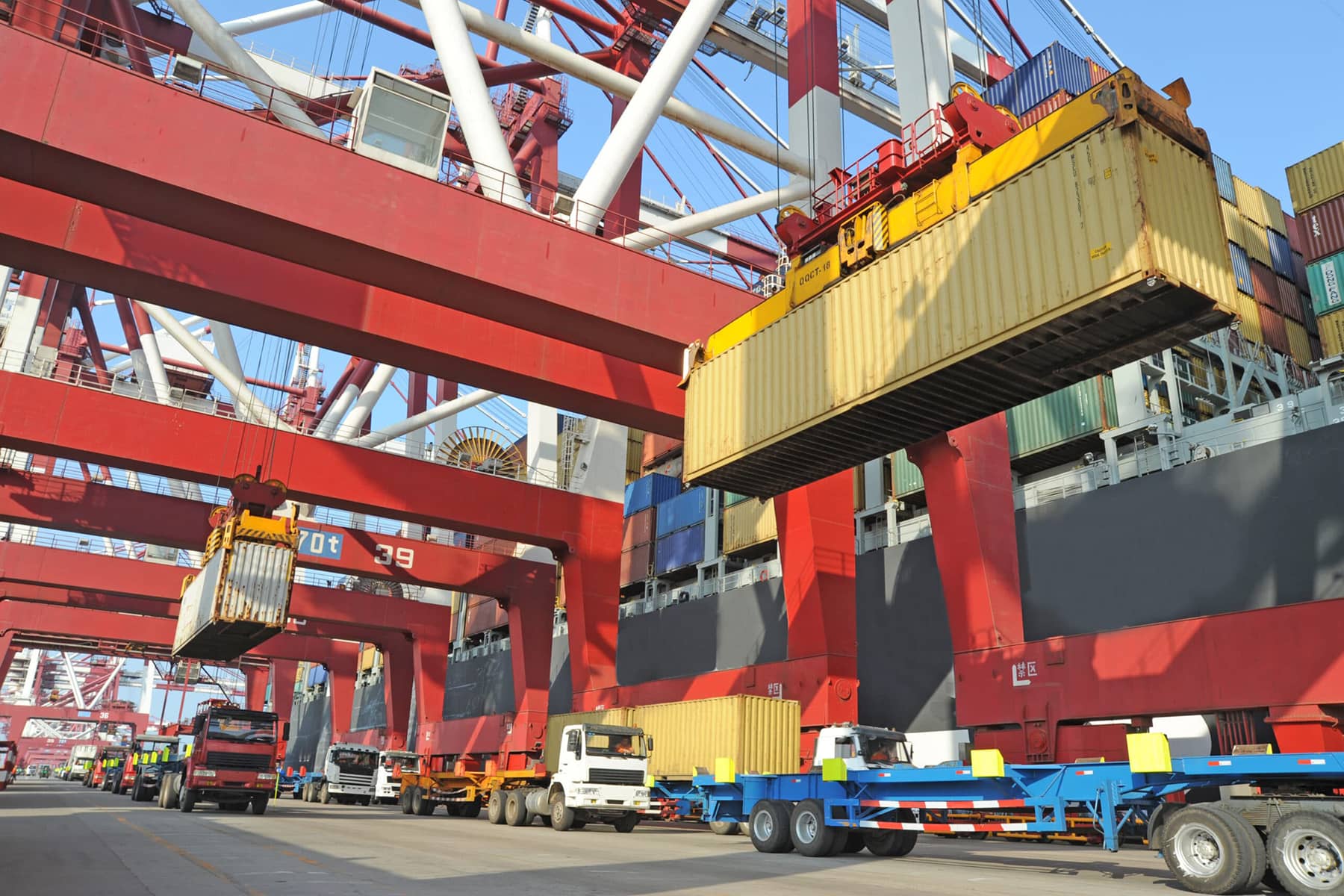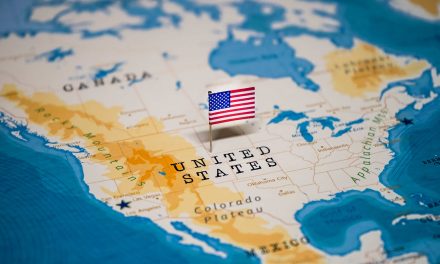
China is threatening the United States: this could get very ugly, very quickly. House Speaker Nancy Pelosi is planning a trip to Taiwan, the first for a Speaker in a quarter-century, as part of a larger trip to the region that will include Singapore, Japan, Indonesia, and Malaysia.
China broke away from Taiwan in 1949 and has claimed ever since that the island nation is part of China proper. Taiwan, one of the worlds’ most vibrant democracies, wants to maintain their independence as a separate, sovereign nation.
China is not happy about Pelosi’s trip and the increased level of U.S. recognition of Taiwan’s independent existence that it endorses, making implied threats of military or significant diplomatic punishment if she goes through with the trip.
Saying that a trip to Taiwan by Pelosi would cause “grave harm” and “seriously impact the political foundations of China-U.S. relations,” Chinese Foreign Ministry spokesman Zhao Lijian added:
“If the United States insists on going ahead, China will have to take firm and forceful measures to defend national sovereignty and territorial integrity.”
Taiwan is not only a longtime U.S. ally, but also the place where most of the world’s — and America’s — computer chips are manufactured. The Senate just passed a $280 billion subsidy to American chipmakers in hopes they would bring their manufacturing back to the United States.
These companies just had their most profitable year ever, but, hey, we’ve gotta bribe American companies to move their operations back to this country.
But even with this huge bribe, it’ll be at least two years before any new U.S.-based chip factories are online, and the main reason people can’t get delivery of electric cars — among other things — is because of the current chip “shortage.”
In the meantime, if China wants to bring America to her knees it doesn’t need fighter planes or warships to do it: all they’d have to do is block exports of manufactured goods to the United States.
Neoliberals like Ronald Reagan, George HW Bush, Thomas Friedman, Bill Clinton, and Lawrence Summers sold us free trade back in in 1980s and 1990s on the promise that it would cause China and other repressive regimes to liberalize their policies and embrace freedom of speech and political activity.
As President Clinton said when the House of Representatives passed his bill to open free trade to China in May 2000:
“If the Senate votes as the House has just done, to extend permanent normal trade relations with China, it will open new doors of trade for America and new hope for change in China… We will be exporting, however, more than our products. By this agreement, we will also export more of one of our most cherished values, economic freedom.
“Bringing China into the WTO and normalizing trade will strengthen those who fight for the environment, for labor standards, for human rights, for the rule of law… [T]he more China liberalizes its economy, the more it will liberate the potential of its people to work without restraint, to live without fear.”
In fact, “free trade” has done the exact opposite.
It’s weakened democratic nations like the United States and much of Western Europe while transferring hundreds of trillions in wealth to China, Vietnam, and other repressive nations whose leaders have used that money to increase the power and efficiency of their internal state security systems.
In 2001, China’s GDP was around $2 trillion, about that of Texas. That year, President George W. Bush pushed hard for their admittance into the World Trade Organization (WTO) so that American companies could start shedding American workers and move their operations to take advantage of cheap, non-union Chinese labor.
China was admitted in December of that year: by 2005, its GDP was at $3 trillion; it hit $5 trillion in 2010, $10 trillion in 2015, and $17 trillion in 2021; it’s expected to overtake the U.S. this year or next.
As BBC Economics Editor Faisal Islam wrote last year, “China now accounts for 57% of world [steel] production” and has become the world’s leading producer of everything from ceramic tile to textiles to toys to furniture to advanced electronics. He added:
“Container ships are the juggernauts of global trade. In the five years after China joined the WTO, the number of containers on ships coming in and out of China doubled from 40 million to more than 80 million. By 2011, a decade after the country became a WTO member, the number of containers going in and out of China had more than trebled to 129 million.
“Last year it was 245 million, and while about half of the containers going into China were empty, nearly all those leaving China were full of exports.”
As I lay out in detail in The Hidden History of Neoliberalism: How Reaganism Gutted America, “free trade” has put America at the mercy of China, which could today inflict considerable economic – and thus political – damage on the U.S. and other Western democracies simply by withholding the goods we buy from them.
China has long pledged to “reunify” with Taiwan, much like Russia right now is trying to “reunify” with Ukraine. The Chinese military has been buzzing Taiwanese ships and aircraft recently, putting a hard edge to their implied threat of a possible coming military confrontation.
As Karoun Demirjain noted in Stars and Stripes:
“A senior Pentagon official on Tuesday warned of an unprecedented spike in ‘direct, aggressive, unsafe’ behavior by China against U.S. and partner military forces in the skies above the South China Sea, predicting the trend would probably worsen as Beijing works to expand its regional dominance …
“A focal point is Washington’s material support for Taiwan, including of its defense sector, and looming suspicion that Beijing, emboldened by Russia’s attempted conquest of Ukraine, intends to move militarily against the government in Taipei.”
China today is America’s factory floor, a policy that’s widely unpopular with working class Americans. Walk into any large store in America and try to find products not manufactured in China: it’s like hunting unicorns.
Now imagine that all those store shelves — everything from diapers to construction supplies to smartphones to clothing — are empty. The economic and political consequences for this administration and our country would be devastating.
Trump ran on a platform of forcing U.S. companies to bring their manufacturing back home, which got him a lot of votes, particularly across the Midwest; like pretty much everything else he said it was a lie. Instead, he cut deals with the Chinese to get his daughter valuable patents and entrees into the Chinese marketplace.
Hopefully we will have a second chance to re-declare our independence: time is not on our side.
As Ross Perot said in 1992 when he garnered 20 percent of the vote for president on the single platform of stopping “free trade”:
“If we keep shifting our manufacturing jobs across the border and around the world and de-industrializing our country we will not be able to defend this great country.”
By 2017, as CBS News reported, we arrived:
“The hellfire missile—launched from helicopters, jets and predator drones—has been a critical weapon in the war on terror. But the propellant that fires the missile must be imported from China.”
And if China takes Taiwan offline, the damage to the U.S. will be amplified a thousandfold. As David Leonhardt noted recently in an article for The New York Times:
“The most advanced category of mass-produced semiconductors — used in smartphones, military technology and much more — is known as 5 nm. A single company in Taiwan, known as TSMC, makes about 90 percent of them. U.S. factories make none.”
Repudiating neoliberalism and bringing our manufacturing back from overseas will reverse the 40-year-long slide of the American middle class while strengthening our nation’s security and rebuilding our economy.
Much as the Reagan regime replaced FDR’s 40-year-long New Deal regime, we may be at the end of my generation’s 40-year neoliberal experiment.
For this to actually happen, though, it is going to take not just a cultural shift but an actual change in the political and legal structures erected by Reagan and his neoliberal successors from both parties.
The question is, can the forces arrayed against such change, from corporate media (and social media) to packed courts to cranky billionaires, be overcome?
Progressive populism is today on the verge of replacing neoliberalism in its several forms. Long the province of progressive Democrats like Bernie Sanders and Sherrod Brown, it’s now gone mainstream with the tacit endorsement of President Biden. The Congressional Progressive Caucus — which openly opposes “free trade” — is now one of the largest and most consequential in Washington, DC.
But to pull off this kind of major systemic change will take all of us, and particularly requires a widespread mobilization of young people. Those under 30, after all, are the ones who will face the worst outcomes, from ongoing debt and poverty wages to the ravages of climate change and the rise of neofascist bullies, if we fail.
The neoliberal era is over, and the next few elections will determine what type of populism rules America.
Will we become, as we emerge from the wreckage of four decades of Reagan’s neoliberalism and insane “free trade” policies, an American version of rightwing populist Russia, or of progressive populist Denmark? Or will we invent our own new way, hopefully one that can once again lead the world?
Only time will tell. But starting with a rapid disconnection from our dependence on an increasingly aggressive and militarized China is a critical first step.
© Thom Hartmann, used with permission. Originally published on The Hartmann Report as “Free Trade” Has Put America & Democracy At the Mercy of China
Subscribe to The Hartmann Report directly and read the latest views about U.S politics and other fascinating subjects seven days a week.














